ads
WELCOME TO THE LONDON VET CLINIC
WELCOME TO THE LONDON VET CLINIC
London Vets is an independent clinic in Central London. We provide primary and specialist care for companion animals and their families and are proud of our ability to diagnose and treat conditions in pets without over vaccinating, over diagnosing or over treating. Pets need people to make health decisions for them. We help you to ensure that your companions live satisfying and comfortable lives. We are here six days a week and provide out of hours services through our affiliate clinic on Elizabeth Street.
The vets and nurses at London Vets have extensive experience. Bruce Fogle, the principal vet, has written books on animal behaviour and is Chair of the charity Humane Society International (www.HSI.org). Grant Petrie has advanced qualifications in cardiology and internal medicine. Other London Vets have special interests in managing mobility challenges in older pets, in flat-faced (brachycephalic) breed conditions, in chemotherapy and in dentistry in very small dogs. We manage most medical and surgical conditions on an out-patient basis at York Street and routinely refer individuals to specialist centres for advanced diagnostics and treatments. Some of our nurses have been with the clinic for over 40 years and have special interests in nutrition, behaviour and home care.
We hope these pages answer most of your questions about what we do.
Of course it's always best to ask questions so please speak with us directly on 020 7723 2068.
We're here to help you and your pets.
Internal Medicine
Internal medicine services cover hormonal, gastrointestinal, urinary, haematologic (blood related), respiratory, infectious, and immune-mediated diseases. The facilities at the London Veterinary Clinic are co-ordinated by Grant Petrie. In addition to an extensive review of your pet’s medical history, diagnostics always begin with a thorough physical examination and blood tests. When more information is needed, ultrasound, radiography, endoscopy, and CT imaging may be used. Our objective is to make an accurate diagnosis as rapidly as possible while at the same time putting your pet (and you) to a minimum of inconvenience.
Cardiology
Cardiology services are provided by Grant Petrie. In addition to an extensive medical history review, a consultation may include echocardiography, electrocardiography, radiography, blood pressure monitoring and 24 hour Holter monitoring to evaluate the cardiac status of your pet.
Dermatology
We will take a full medical history and may take an ear or skin swab or skin scrapings to help with the diagnosis. In rare and unusual skin conditions a skin biopsy may be needed. For allergic skin conditions exclusion diets are often recommended and allergy testing for inhaled allergies (pollens, moulds, dust mites etc) is done on blood samples sent to a specialist laboratory in The Netherlands. We have specialist referral veterinary dermatologist available for the most challenging cases.
Diagnostic Imaging
Among the most useful tools we use to evaluate a pet’s condition is diagnostic imaging. This includes radiographs (x-rays), ultrasonography (ultrasound), computed tomography (CT scans) and magnetic resonance imaging (MRI scans). Each of these provides different kinds of images, and in some instances more than one may be suggested by us to evaluate a particular problem in your pet. All of these methods provide ‘pictures’ of internal structures.
X-rays
The most familiar imaging method and most frequently used at the London Veterinary Clinic is radiography or x-rays. Anatomy can be discerned because of differences in contrast between fat, water, bone and metal. Most of the body’s soft tissues are either water-dense or fat-dense. The most commonly taken x-rays are those of the chest cavity, abdominal cavity, limbs, spinal column, and skull.
Because dogs and cats are generally unwilling to hold still, especially in an awkward position, some form of restraint is usually required to take x-rays. While being held by people is a simple form of restraint, hand-restrained pets may still squirm. We often have to take more than a single film and this adds to the potential distress for the dog or cat and potential radiation exposure for people holding the pet. While the amount of radiation received by the pet is minimal, even with multiple x-rays, our concern is cumulative dosing to people. This is why we use alternative methods of restraint.
Where appropriate we keep a fully conscious pet still with well placed soft-covered surrounding sandbags. There are instances where this is inadequate so we selectively use various sedatives or anesthetics. There are many choices of drugs and often only a brief sedation from which a pet is fully recovered within just a few minutes is used. We will discuss with you the need for x-rays and what type of restraint is needed.
Contrast x-rays
In addition to plain x-rays we sometimes use radiographs to do contrast studies. In these instances a dye material is administered that on radiographs has a ‘metallic’ density. The contrast agent most of us are familiar with is barium, and this is sometimes used to evaluate the digestive tract. However, contrast studies are also used with different dye agents to evaluate the urinary system (excretory urograms or intravenous pyelograms – IVP’s), blood vessels (angiograms), and spinal cord (myelograms).
Ultrasound
The next most commonly used imaging method at the London Veterinary Clinic is ultrasonography. High frequency sound waves are used to provide more narrowly focused pictures of internal structures. Details that might be difficult to see on radiographs can often be seen with ultrasound. Ultrasound can also provide “real-time” images of structures to detect such things as movement. Most of us are familiar with ultrasonography to ‘image’ developing fetuses in pregnant women. Real time imaging also permits ultrasound-guided aspiration (placing a small needle into a structure to collect some fluid or cells as is done for amniocentesis in some human pregnancies) or biopsy of internal structures.
More so than radiographs, the success of ultrasonic imaging is directly linked to the skill and training of the ultrasonographer. Individuals highly trained in ultrasound imaging may be able to make diagnoses, obtain samples, and provide treatment advice far better than less skilled or experienced vets even when using identical machines. Grant Petrie and Veronica Aksmanovic undertake our ultrasonography.
Computed tomography uses x-rays in a 360-degree technique with a special scanning machine. Like plain radiographs the amount of radiation exposure for patients with CT is minimal. Technology has progressed dramatically. Current CT scanners allow complete imaging of even large areas in just a few minutes, and the digital images can then be reformatted to provide 3-dimensional reconstructions. Because patient motion greatly degrades the images, pets are always given short-acting sedation/anesthesia for CT scans. We refer pets for CT scans to our associates at The Ralph Vet Referrals and Dick White Referrals.
Magnetic resonance imaging (MRI) is a non-x-ray based technology. It uses a powerful magnet and radiofrequency waves to create highly detailed images of virtually any structure in the body. MRI pictures can provide far more detail than either x-rays or ultrasound. All MR imaging in animals requires anesthesia due to the need for complete immobility during scanning and the relatively longer time needed for MRI than other imaging techniques such as x-rays or CT. There is some overlap between the indications for CT and MRI scanning. The former is generally best for bony details such as elbows, knees and complex fractures. CT is also excellent for pictures of the lungs, and conditions in the ears and nose. MRI is generally superior for brain, spinal cord, and abdominal imaging. If we recommend advanced imaging we will discuss with you the reasons for our preference for either CT or MRI. MRI scans are conducted by our colleagues at The Ralph Veterinary Referrals and Dick White Referrals.
Fluorsocopy is used on occasion to evaluate such things as swallowing function, angiography (motion studies of blood flow or interventional radiology and interventional cardiology using special catheters), and can be used in orthopedic surgery to evaluate placement of drills, screws, and so forth. It is real-time x-ray imaging. Fluoroscopy is used to place cardiac pacemakers and vessel stents or coils. When needed, fluoroscopy is undertaken at Cambridge University.
Scintigraphy involves the administration of minute quantities of a radioactively-labeled substance into the body, then monitoring and measuring where the radio-labeled substance goes after administration. Bone scans are one form of scintigraphy. Thyroid scans are another. The pictures provided with scintigraphy are crude compared with other imaging modalities, but have the advantage of providing functional images, indicating normal or abnormal function of target organs. We refer patients to Cambridge University for scintigraphic evaluations.
Oncology
Cancer is a common condition in older dogs and cats. Recent advances in the treatment of cancer in pets have opened up a number of options (and also ethical dilemmas) for pet owners and your pets. Even with these advances however, surgery remains an essential component of treatment for most types of cancer.
Our aim at the London Veterinary Clinic is to extend an enjoyable and pain-free life for pets. Our vets undertake surgery and chemotherapy. When radiotherapy is appropriate it is undertaken at Cambridge University. Making the decision to pursue surgery, radiotherapy or chemotherapy for the treatment of a cancer can be difficult and stressful – particularly when we have personal experience with cancer in our own families. It raises the ethical question of how far we should go in treating our pets’ medical conditions.
Our judgment and skill can help you understand your pet’s problem, and whether surgery cures or contains the condition.
Ophthalmology
An initial consultation includes a history taking and eye examination. Treatments, including possible surgery are explained and discussed with you. Where needed we may recommend seeing a specialist ophthalmic veterinarian at The Ralph Veterinary Referrals in Marlow or Dick White Referrals near Newmarket.
Surgery
Hugo, Stephen, Helen, Jo and Bruce undertake all routine surgery with pets returning home the same day. Additional surgical expertise is provided by consultants either at York Street or locally in Bayswater. When hospitalisation is needed, this is managed by our associates at Dick White Referrals where superb hospitalisation and rehabilitation services are available. For example, surgery to repair torn knee ligaments is undertaken here in London while joint replacement such as artificial hip prosthesis is undertaken at Dick White Referrals.
Gary Clayton Jones is perhaps the country’s most experienced veterinary surgeon in diagnosing and treating lameness in dogs and cats. Our hope is to manage individuals medically. Surgery is undertaken only when this is not possible.
Ed Friend provides expert and advanced surgical care for a wide variety of soft tissue surgical conditions of the head, neck, chest, abdomen and limbs including reconstructive procedures.
Surgery on elderly pets
The anaesthetics and drugs we use during surgery together with the methods we use to monitor vital signs are comparable to those used for us when we have hospital operations. Continuous monitoring includes blood pressure, electrocardiogram, oxygen saturation, carbon dioxide levels, and ventilation. With the skill of our staff, it is ‘normal’ for us to successfully operate on very old, very sick animals that have a multitude of medical problems. While we never take the administration of a general anaesthetic casually, anaesthetic complications are rare despite the sometimes severe nature of the problems we manage.
Cost Of Care
To provide the best possible care, we use the same state of the art diagnostic equipment that is used in human medicine. All anaesthetised patients are monitored using the same multi-parameter monitoring machines used in human hospitals (ECG, end-tidal CO2, pulse oximetry, temperature and indirect blood pressure measurement). Equipment costs are one reason why veterinary care has become more expensive.
Newer technologies that depend on complex equipment, and those that are more time and labor-intensive necessarily cost more, and all imaging is relatively expensive. At the London Veterinary Clinic we understand this and are sensitive to how we can provide the best single technique or combination of imaging techniques to provide definitive answers for you at the lowest possible cost.
For ongoing conditions, Veronica, Grant, Bruce or Hugo will discuss with you your pet’s condition and the possible options open to you. At the conclusion of the consultation, we can provide you with estimates for these various diagnostic and treatment options. Our goal is to offer you the best possible care for your pet and to let you decide what is best for your pet and for your family.
Contact Details
Please telephone us with any queries you have.
Our day is such we seldom have a chance to look at emails until the end of clinical hours. Thank you.
86 York Street
London
W1H 1QS
Reception:
020 7723 2068
020 7723 9009
- veterinal
- Location
- London
- Country
- United Kingdom
- Address
- 86 York Street
London
W1H 1QS
Locate on map - Phone number
- Show Phone
- Show E-mailThis email address is being protected from spambots. You need JavaScript enabled to view it.
- Website
- https://need-a-pro.com/
- Ad Type
- Job search
- Category
- Pet Care
- Subcategory
- Vets
- Date added
-
Friday, 16 August 2019
6 years 4 months ago - Views
- 5312
- Id
- 2157


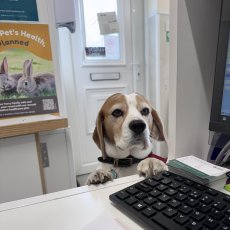
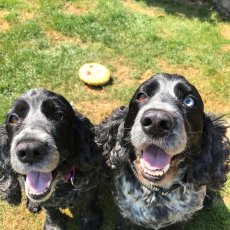


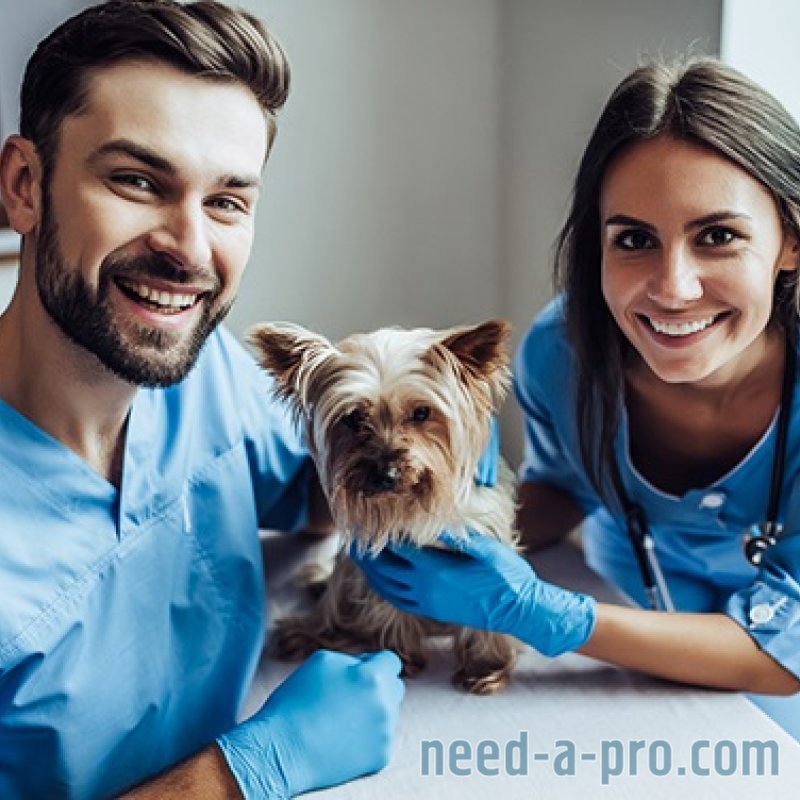
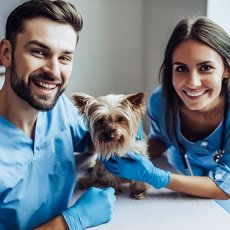




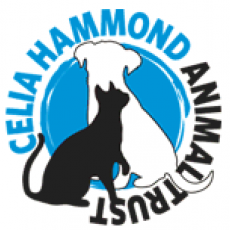
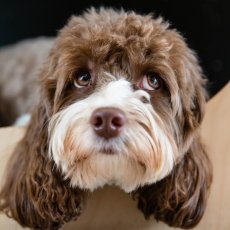

 Vectora Design
Vectora Design